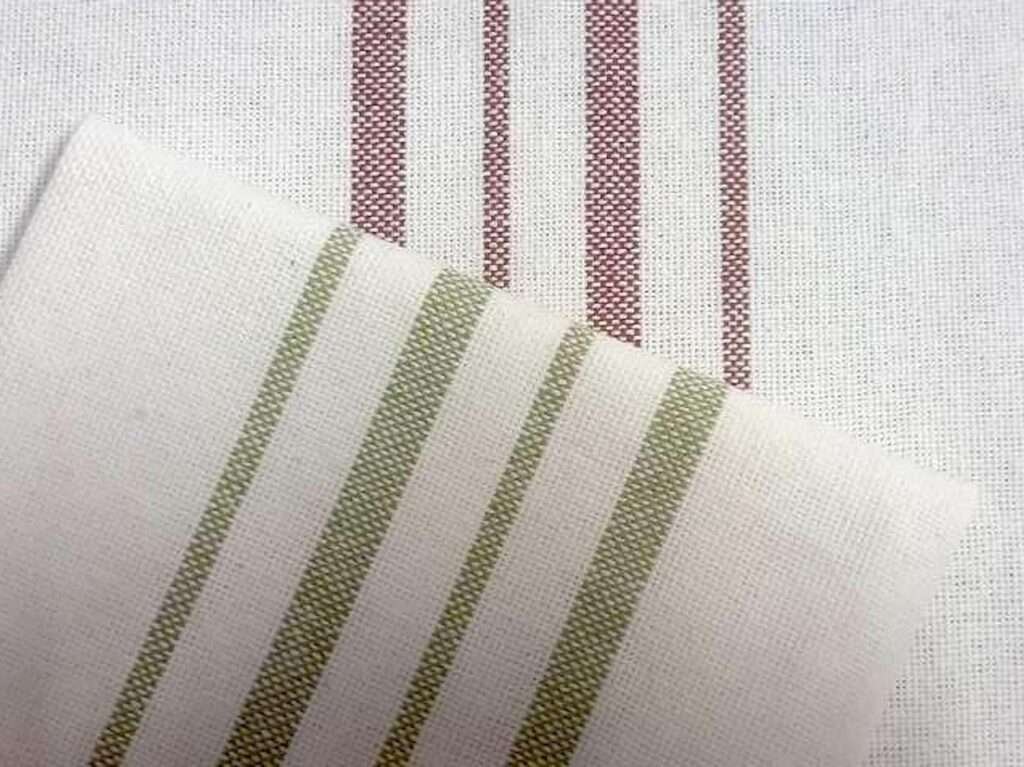Blog
Exposing myths and secrets against cotton textiles

The older a product or tradition gets, the more mystery and hocus-pocus surrounds it which has gathered over time as a collection of rumors. To discover the original essence is not necessarily hard to do. Getting to the root of things is sometimes helpful to reset the purpose and application of a product, and to rediscover its values. This applies quite effectively to natural cotton and the textiles made from it
What is cotton? It is a plant which flowers “bolls” or fluffy flowers of millions of fine strands which is what is picked off the plant to convert into yarn, which is then woven into fabric
Common belief: "Cotton crop is not good for the climate because it consumes too much water." True or Untrue?
Cotton should be easier to grow in the Amazon, or the Pacific Northwest where there is plenty of rain and water. But it does not grow there. Instead cotton thrives in Egypt, The Deccan Plateau, parts of Turkey and inner China, among other similar regions. Those are all dry and hot climates where rain is poor.
Bonus: these are parts of the world where labor is cheaper to pick and process cotton and serves the financially weaker sections of society
Common belief: "Cotton fabrics and textile goods consume hundred or thousands of gallons of water which is a huge waste." True or Untrue?
Textile goods indeed require very large quantities of water to bleach, dye or wash them. It is also true that this water is not wasted. Most chemicals used are already safer and are largely filtered out so much of that water returns to the water table. A lot of water is used, yes! Wasted? No.
Compare: Petroleum based textiles (synthetics like polyester, nylon, acrylic etc.) consume even more water, and release extremely harmful chemicals into the water
Cotton is a sustainable plant material which our planet needs more than ever. Why? More cotton used, implies less synthetic fabrics. Cotton is naturally hypoallergenic, absorbent, and does not itch in contact with skin. The great thing is that it can be organically grown selectively, finished in its natural color (unbleached) or white, and can be either dyed or printed. Dyes and bleaches that act on cotton have also evolved over time to be regarded as environmentally safe
Just finding answers to common beliefs is not enough
What and How, Strength and Weakness about woven fabric
The fine hair of the cotton boll are picked and aligned and twisted to form strands of yarn, or what we may call very fine cotton thread. Yarn is then criss-crossed, running alternately above and below consecutive strands to make fabric.
Look at a fisherman’s net. It is also made with strings criss-crossing each other. There is plenty of space between the strings to let water out, but not let the fish get away. For garments, towels and kitchen textiles, we have to bring the strands of yarn closer and hold them tighter
Twisted yarn: For a fisherman to moor his boat, the rope has to be twisted like a braid, in order to be strong enough. Thinner rope is braided to make a thicker rope. Exactly the same way a thinner strands of yarn can be twisted to make up the regular thickness. When twisted yarn is used instead of plain yarn, the fabric is considerably stronger and longer lasting; it gives off lesser lint and develops holes less easily. If twisted yarn is criss-crossed in both directions of the weave, you get premium fabrics, as used by products on this web-store
Common belief: "Soft fabric is a sign that it is superior." True or Untrue?
Soft fabric is of two types: It is either limp or well formed. The density of yarn determines the form, so it is density and not softness that determines quality
Density: If you pick up a tea towel in your kitchen, and hold it up at arm’s length against the light, you can either : a) see a window and also see other objects through it, OR b) you see the light, but not see specific objects. In the first case, the fabric is more like a net, and that is a result of lower number of strands per inch. In the second case, it is a denser fabric - which means more cotton, more material and tighter and stronger.
The combination of twisted yarn and tighter weave makes fabric more expensive so it is understandable that commercial decisions sometimes compromise less dense fabric. For a customer, the see-through-light test is a simple way of recognizing density
Bonus: If you have a denser surface, printed designs look finer and cleaner. It is higher cost but much higher in value when that fabric or textile item lasts and lasts for years
Now you know!






One thought on “Exposing myths and secrets against cotton textiles”